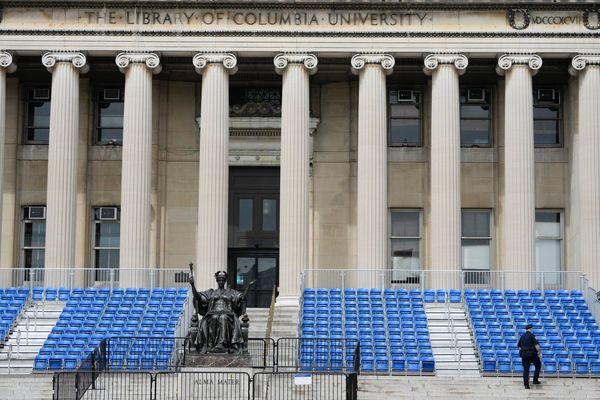On Tuesday, the Centre said it has released States’ outstanding GST compensation dues of almost ₹87,000 crore. The move marks a shift in stance as just a month earlier, the Finance Ministry had signalled that States’ dues worth over ₹78,000 crore, pending for the last four months of 2021-22, will be released ‘as and when’ adequate GST compensation cess collections accrue. By May 31, the Centre said there was about ₹25,000 crore in the GST compensation fund and forked out the balance from its own coffers to be adjusted from future GST cess levies on sin goods, such as cars. The stated intent for this changed strategy makes eminent sense — to help States manage their resources and ensure spending, particularly of the capital variety to pump-prime the economy, happens smoothly through 2022-23. States have been anxious about revenue inflows once the five-year GST compensation window expires this month. The gesture to remit dues without waiting for cess accruals will also help cool the temperature of the Centre-States’ fiscal parleys, that flared up afresh after some tangential remarks from the apex court on the nature of the GST Council’s recommendations.
For consumers, this could mean a further extension in the levy of GST compensation cess beyond March 2026 — by when borrowings made over the past two years to bridge shortfalls in cess collections, were to be repaid. The other important implication is that over April and May, the gap between revenues and the assured level promised to States under the GST compensation compact has narrowed to less than ₹5,000 crore a month, from over ₹19,600 crore averaged in the previous four months. The record GST collection of over ₹1.67 lakh crore in April helped, no doubt, and although May revenues have fallen 15.9% to ₹1.41 lakh crore, sustaining this two-month average could ease fiscal worries for both the Centre and the States. The Government, which had termed April revenues (for transactions in March) a reflection of a ‘faster’ recovery, suggested that the financial year end boosted those inflows, seeking to explain the dip in May. The elephant in the room remains ignored — high inflation, which the Government hinted could compel a pause in an impending rejig of the GST rate structure, has been a key factor for rising GST revenues (over ₹1.12 lakh crore for 11 months). Once that is acknowledged and the level of economic activity assessed minus inflation effects, the GST Council can take a more nuanced call on the next steps to reform the still-young tax system and sustain revenues. This must begin by assessing whether the GST rate restructuring should be deferred because of fears of higher inflation, or reoriented to lower inflation while broadening the tax net and easing compliance.







